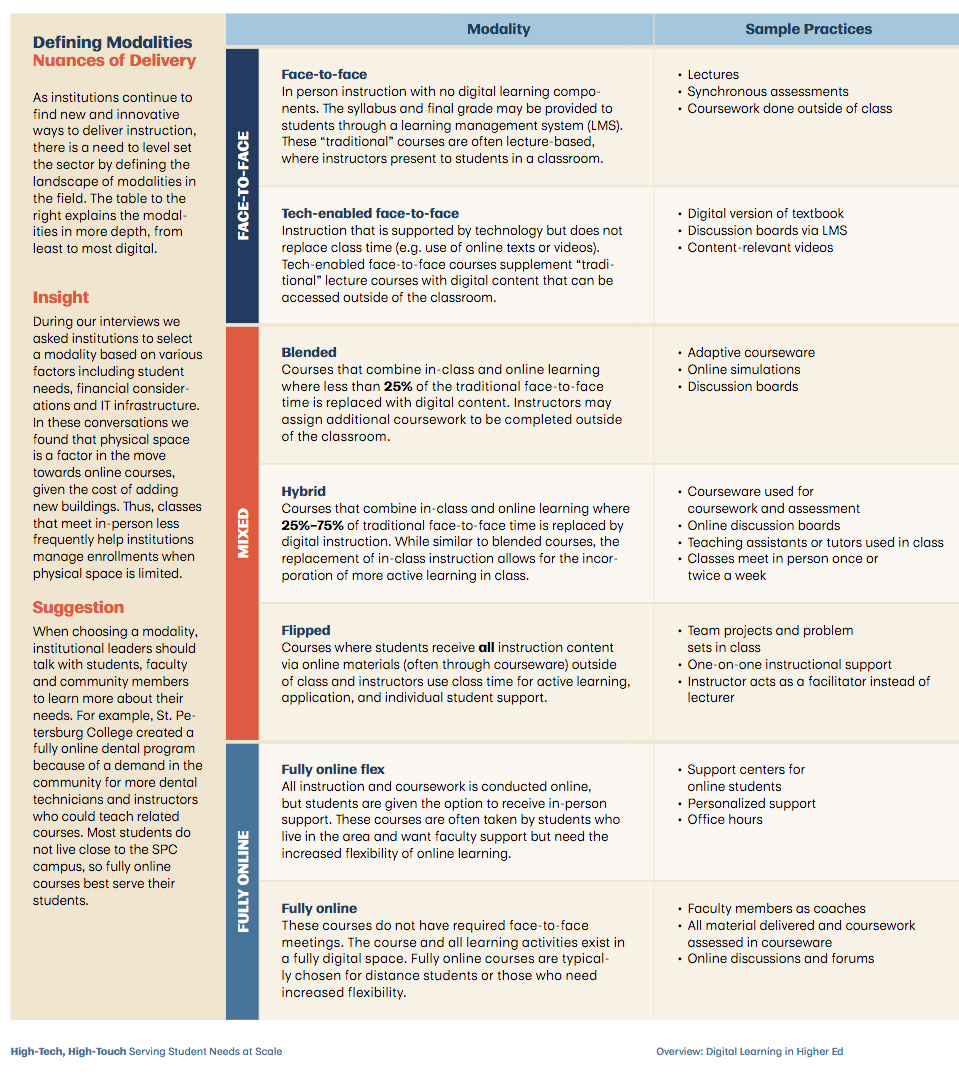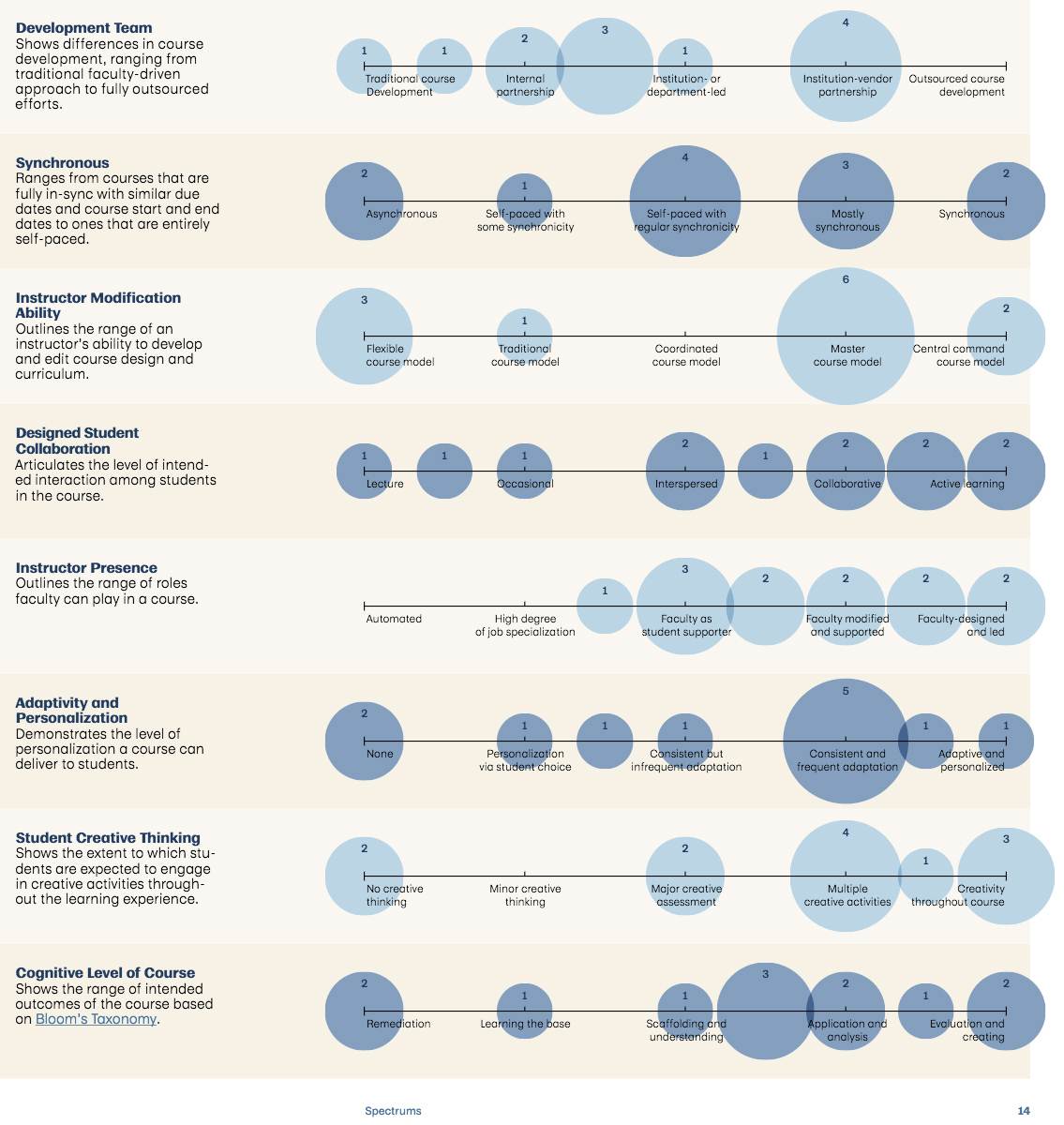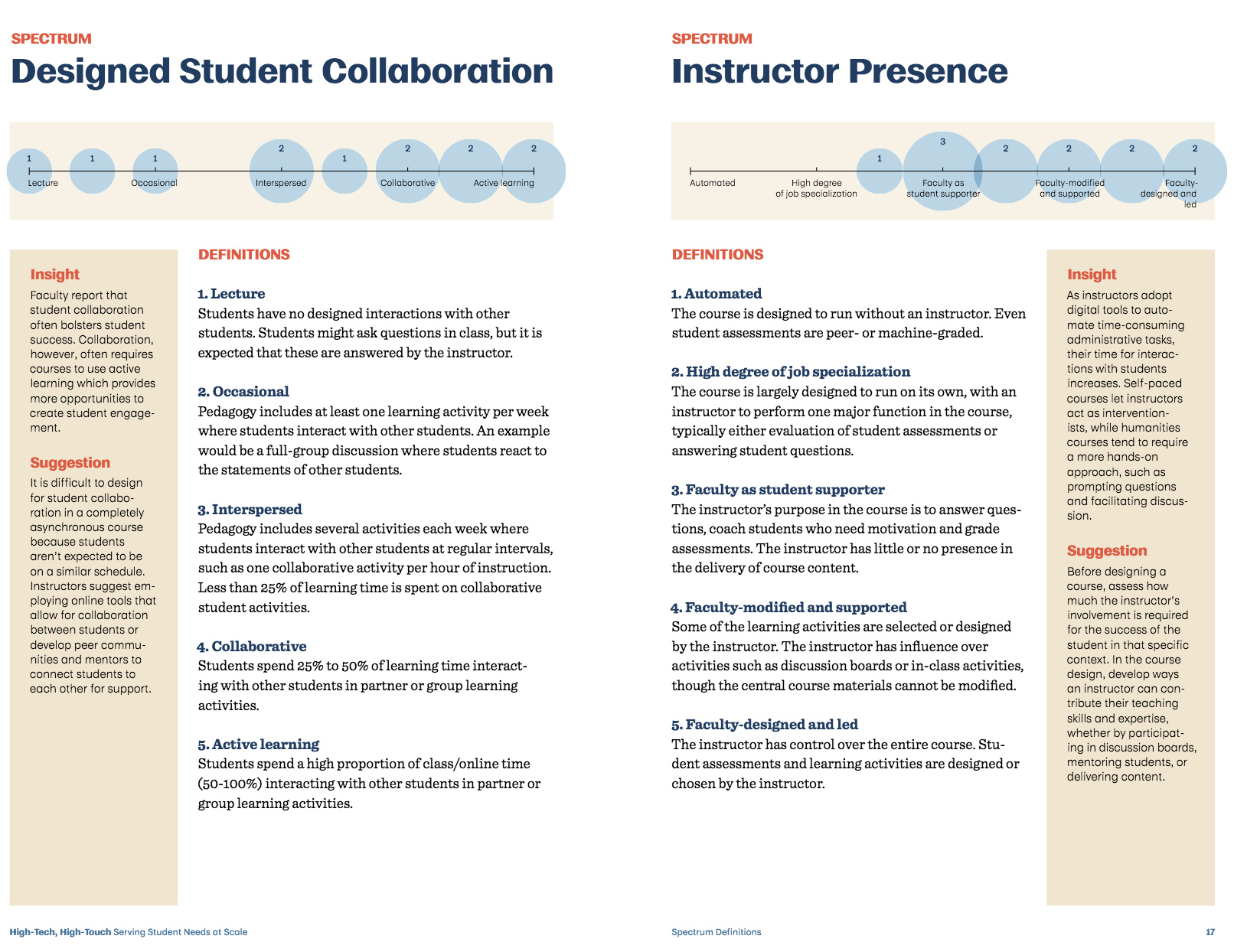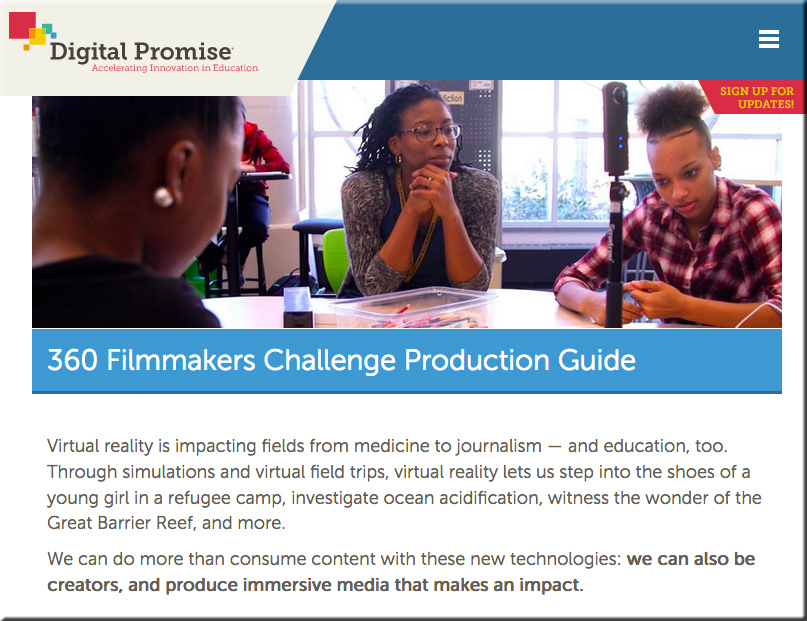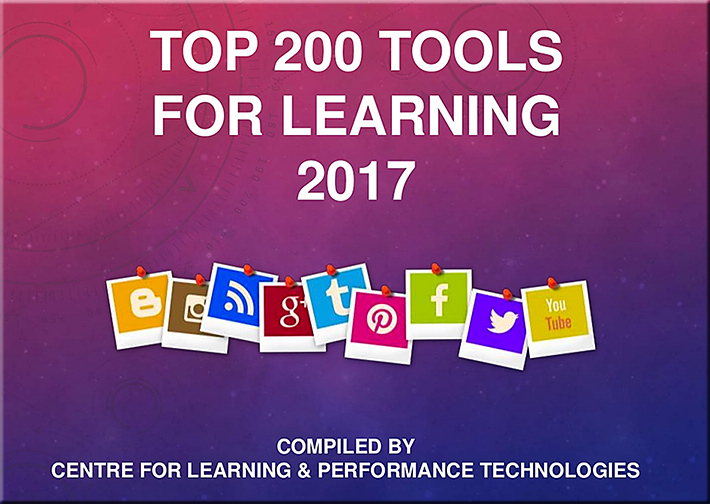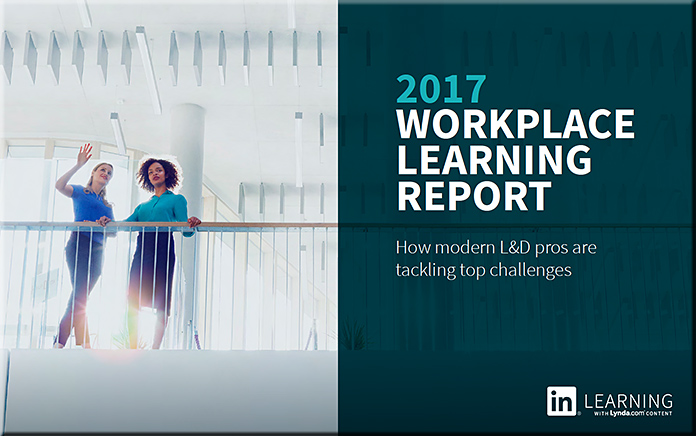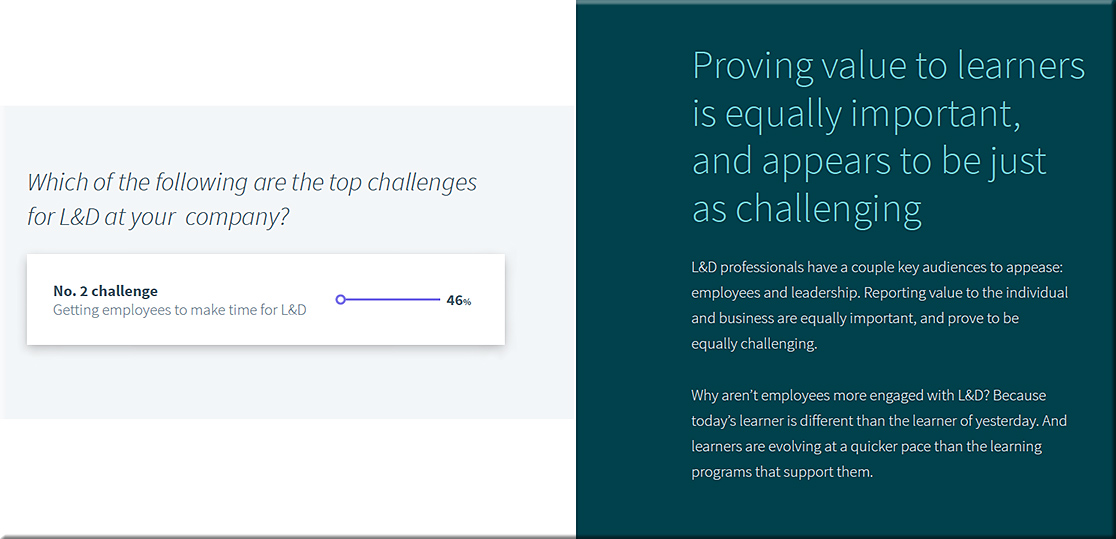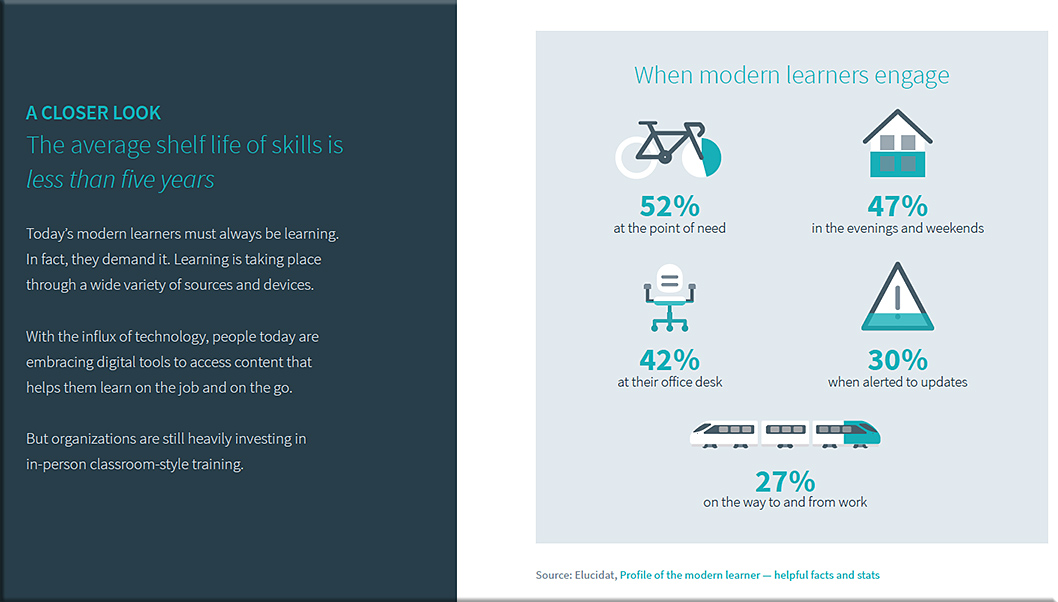2018 Workplace Learning Report — from learning.linkedin.com
Excerpts:
The path to opportunity is changing
The short shelf life of skills and a tightening labor market are giving rise to a multitude of skill gaps. Businesses are fighting to stay ahead of the curve, trying to hold onto their best talent and struggling to fill key positions. Individuals are conscious of staying relevant in the age of automation.
Enter the talent development function.
These organizational leaders create learning opportunities to enable employee growth and achievement. They have the ability to guide their organizations to success in tomorrow’s labor market, but they can’t do it alone.
…
Our research answers the talent developer’s most pressing questions:
* How are savvy talent development leaders adapting to the pace of change in today’s dynamic world of work?
* Why do employees demand learning and development resources, but don’t make the time to learn?
* How do executives think about learning and development?
* Are managers the missing link to successful learning programs?
From DSC:
Even though this piece is a bit of a sales pitch for Lynda.com — a great service I might add — it’s still worth checking out. I say this because it brings up a very real trend that I’m trying to bring more awareness to — i.e., the pace of change has changed. Our society is not ready for this new, exponential pace of change. Technologies are impacting jobs and how we do our jobs, and will likely do so for the next several decades. Skills gaps are real and likely growing larger. Corporations need to do their part in helping higher education revise/develop curriculum and they need to offer funds to create new types of learning labs/environments. They need to offer more internships and opportunities to learn new skills.









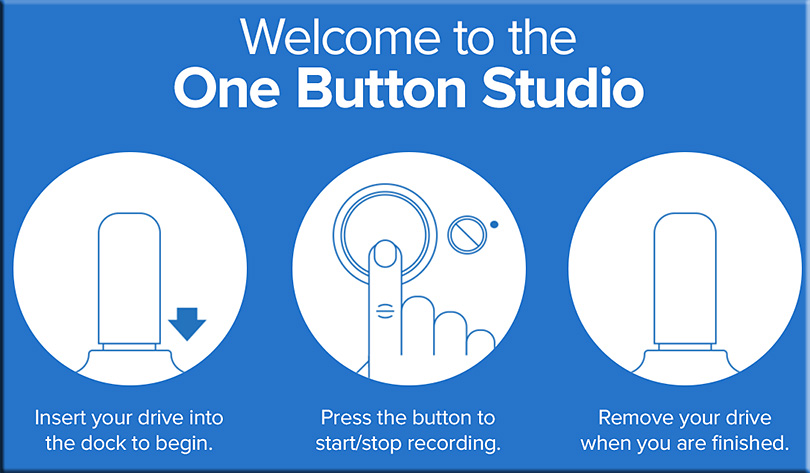
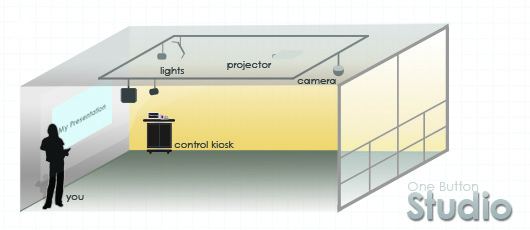
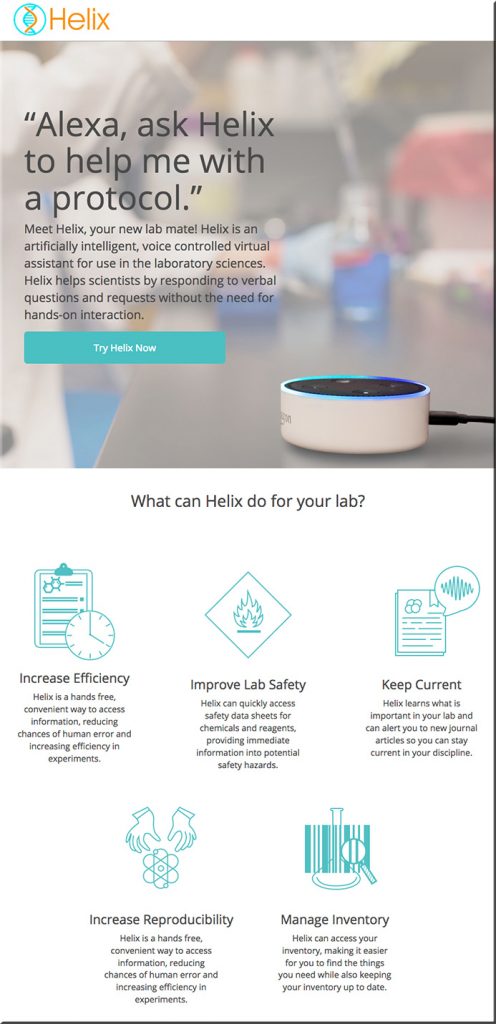
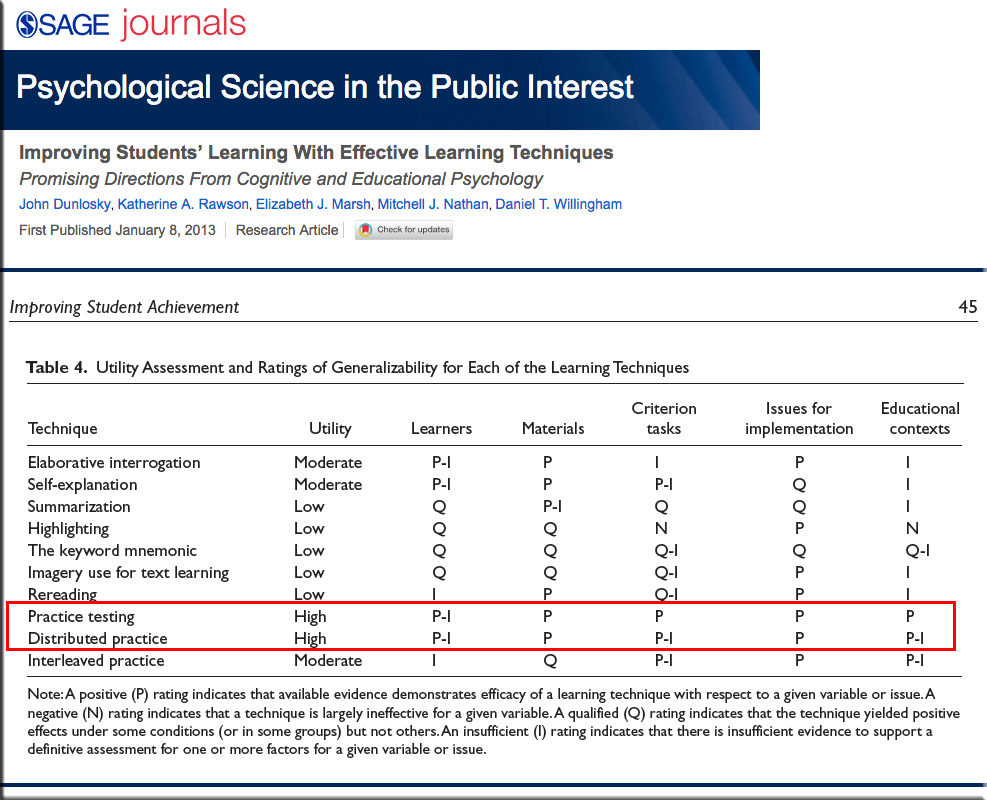
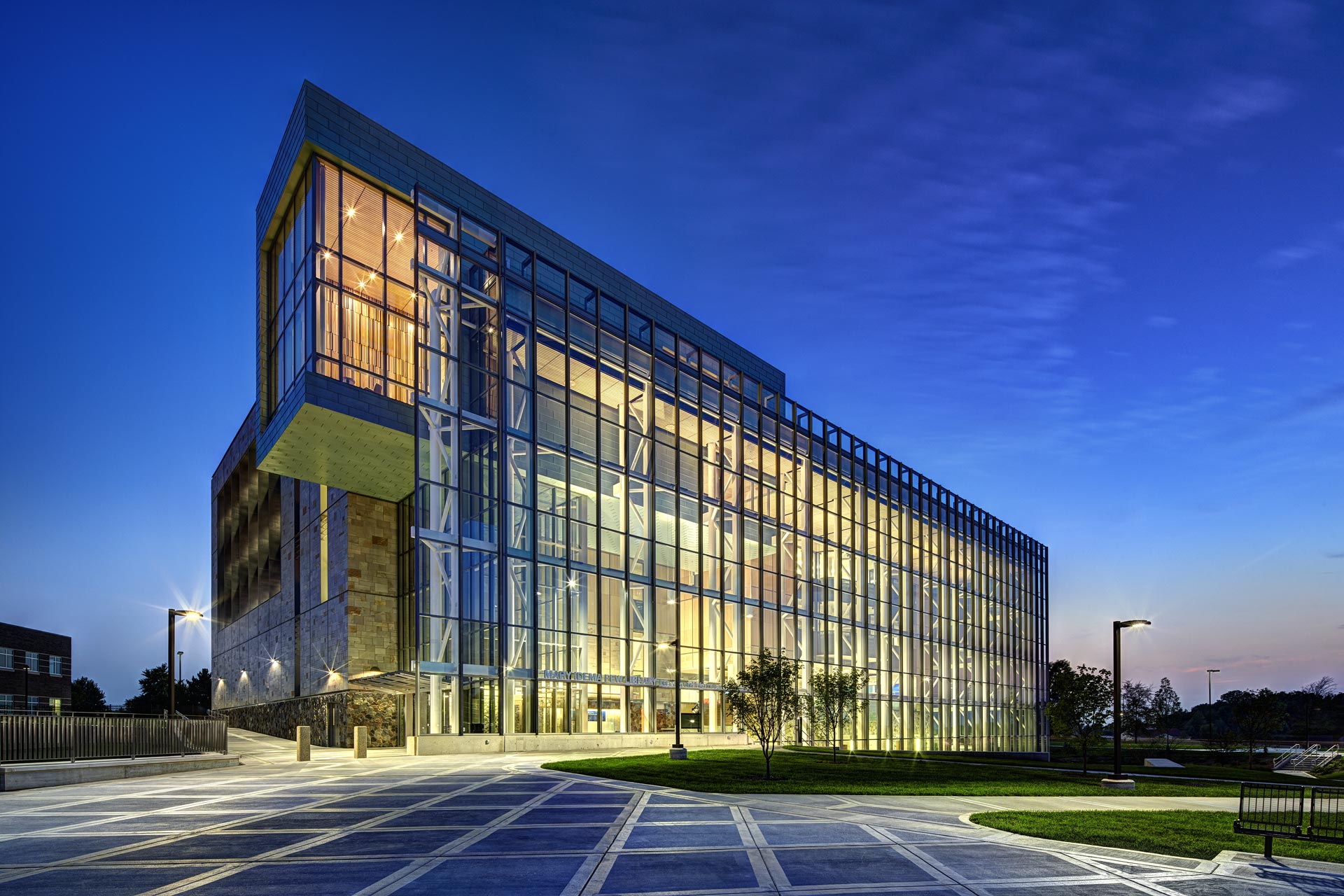
![The Living [Class] Room -- by Daniel Christian -- July 2012 -- a second device used in conjunction with a Smart/Connected TV](http://danielschristian.com/learning-ecosystems/wp-content/uploads/2012/07/The-Living-Class-Room-Daniel-S-Christian-July-2012.jpg)
